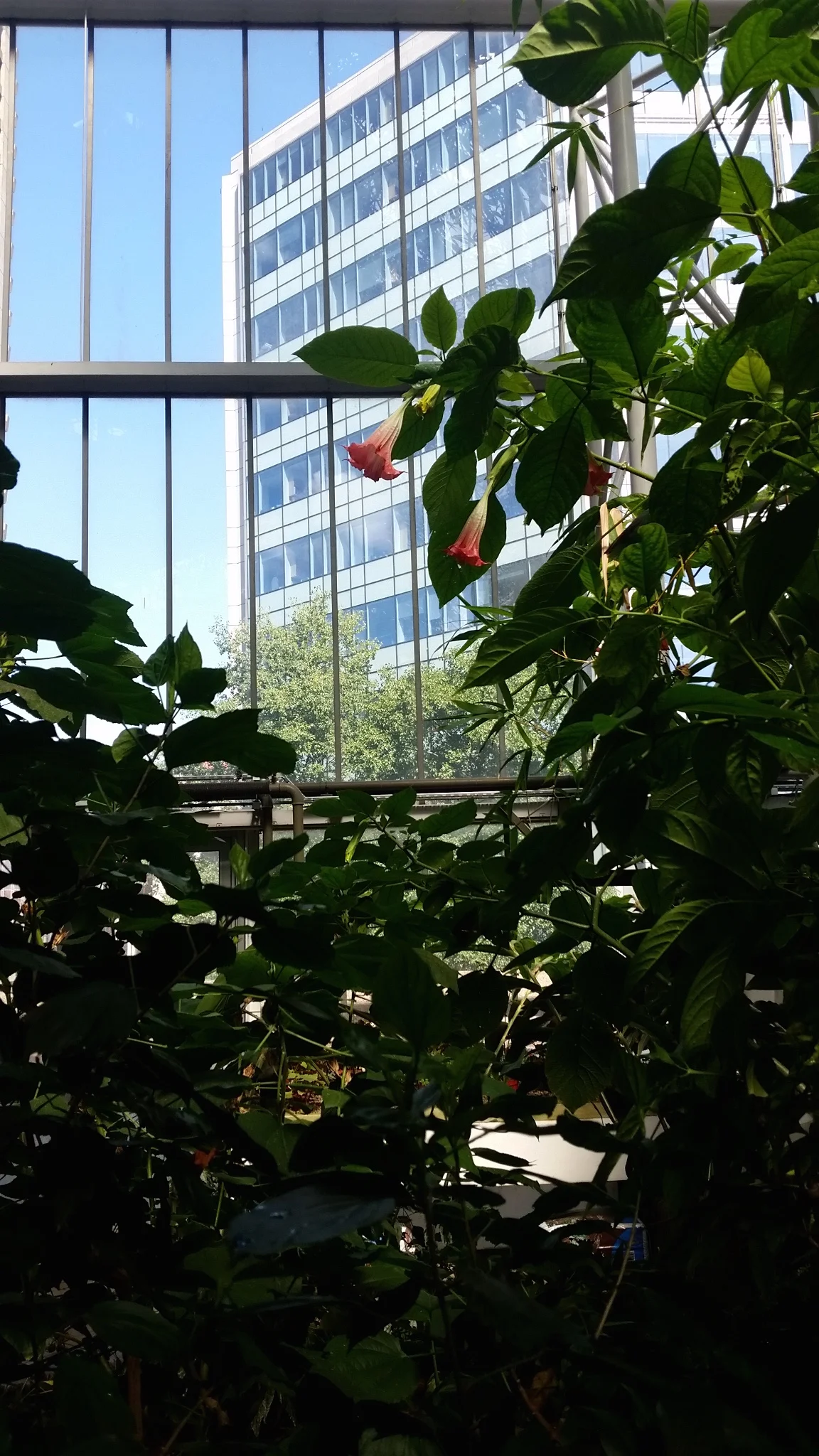The Barbican is an area of London that harbours a rich and vibrant history. The district was resurrected as a thriving cultural vicinity in the 1980's following the infliction of devastating damage during the Blitz in the second World War. Originally designated as a residential estate 'to repopulate the city of London' following the damage, the area had a total of 5,000 residents. In 1971, plans were proposed to construct a 'utopian' landmark in a part of the city that had seen so much loss and destruction.
Words: Mariam Sheikh
Image: Barbican Conservatory
Today this landmark is known as the Barbican Arts Centre and it has become an internationally renowned hub for arts and events, accommodating a diverse array of theatre, cinema and venue spaces for exhibitors and private corporations.
Opened by the Queen in 1982, who declared it ‘one of the modern wonders of the world’,
the Barbican Centre has integrated 'clever historical and architectural references' in its design. For many, the art centre represents the manifestation of a contemporary city that balances both its historical roots and a greater ambition for modernity and cultural expression.
Image: Barbican Conservatory
Perhaps one the most unusual and unexpected features of the Barbican is its historic Conservatory which opened to the public in 1984. By now, it has been declared as the second largest conservatory for tropical flora in the city of London. The Barbican Conservatory acts as a wonderful addition to an already vibrant landmark and can be interpreted by the sustainability conscious as a welcome invitation to enjoy greater tranquility and greenery in the urban metropolis.
"For many, the art centre represents the manifestation of a contemporary city that balances both its historical roots and a greater ambition for modernity and cultural expression."
Image: Barbican Conservatory
Venturing through the steamy atmosphere, you can expect to be greeted by towering bamboos and palms, tropical flowers in shades of red and pink, vines draped across large concrete balconies and an abundance of lush foliage with unusual latin names. The blueprint of the space is indeed unusual; in that the plants act as a stark contrast against the predominately concrete interiors, creating an almost futuristic atmosphere and beautifully blending earthy and utilitarian elements. The presence of tranquil koi carp pools and a small cacti garden are also welcome additions, and elevate the experience of feeling like you are immersed somewhere distant and exotic, when really the bustle of the city lies just beyond the glass.
The opening of the Conservatory almost three decades ago also reflects an important social need within cities for more green spaces. Whereas the most important to consider is how these areas can act as a reminder for urbanites of the necessity and healing capacities of the natural world. This sense of awe for nature is definitely felt when you move through the capsule world of the Barbican Conservatory which boosts over 2,000 species of plant life that thrive in a carefully controlled environment.
Spaces like this also signify a positive reinforcement for sustainable urbanism, as the development and expansion of cities needs to be counterbalanced with the integration of more green spaces. Moreover, it is uplifting to acknowledge that, even from the ashes of past destruction, something beautiful and majestic can take root: in its place is now a thriving and unique eco-system which has flourished among concrete, glass and urban development.
Wider commitment to sustainability initiatives by the Barbican Centre is also evident with venue organisers offering sustainable menus, while the Centre also won the Clean Cities Award in 2010 for its efforts towards waste recycling. A recommended visit for anyone in London.



